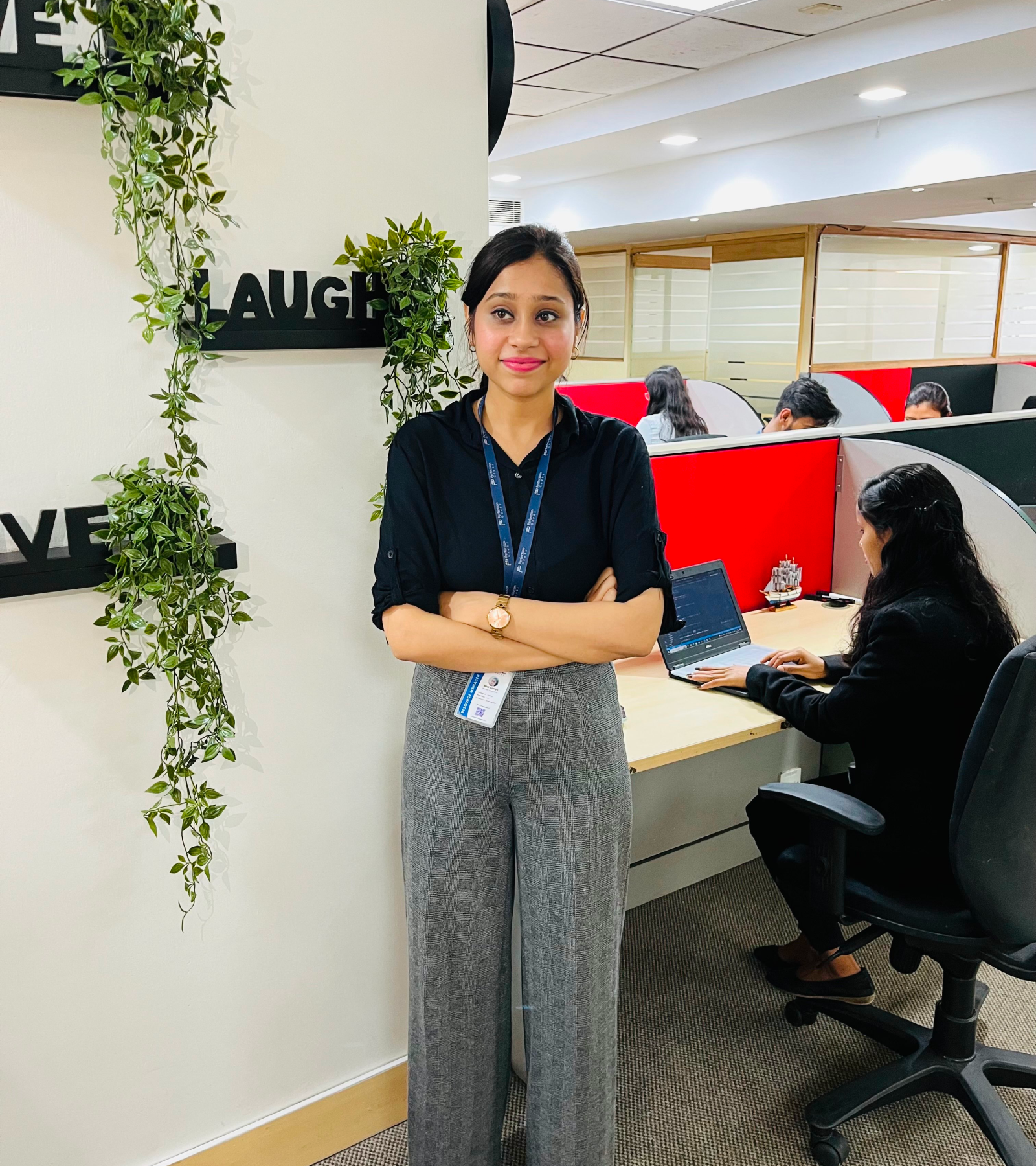How Much Does It Cost to Build a Live-Streaming App Like Kick and Rumble?

JUL, 02, 2024 15:50 PM
How Much Does It Cost to Build a Live-Streaming App Like Kick and Rumble?
In an era where digital content consumption is at an all-time high, live streaming apps have carved out a significant niche in the market. Platforms like Kick and Rumble have garnered substantial user bases by providing unique content and engaging live streaming experiences. As businesses and individuals look to tap into this lucrative market, the question arises: how much does it cost to build a live streaming app similar to Kick and Rumble? In this comprehensive guide, we'll delve into the various factors that influence the cost of developing a live streaming app, from core functionalities to ongoing maintenance.
Understanding Live-Streaming Apps
Before we dive into the cost breakdown, it’s essential to understand what a live streaming app entails. Live streaming apps allow users to broadcast video content in real-time to their audience. These platforms often support various features, such as chat functionality, user accounts, notifications, and monetization options like subscriptions and advertisements.
Key Features of a Live-Streaming App
To estimate the cost of building a live streaming app, we need to identify the core features and functionalities that make these apps popular.
1. User Registration and Profiles
- User Registration: Users should be able to register using their email, phone number, or social media accounts.
- User Profiles: Each user should have a profile where they can upload a picture, bio, and other personal information.
2. Live Video Streaming
- Broadcasting: Users need the capability to broadcast live video.
- Viewing: Other users should be able to view these live broadcasts in real-time.
- Video Quality: Support for various video resolutions to accommodate different internet speeds.
3. Real-time Chat
- Text Chat: Real-time text chat during the live stream to increase engagement.
- Emojis and Stickers: Enhance the chat experience with emojis and stickers.
4. Notifications
- Push Notifications: Notify users about upcoming live streams, new content from their favorite streamers, and other important updates.
5. Monetization Options
- In-App Purchases: Options for users to purchase virtual gifts, premium content, or subscriptions.
- Advertisements: Integrate ads to generate revenue.
6. Content Management
- Video Library: Allow users to save live streams and upload pre-recorded videos.
- Categories and Tags: Help users find content based on their interests.
7. Analytics and Reports
- User Analytics: Track user behavior and preferences.
- Performance Reports: Provide streamers with insights into their live stream performance.
Technical Stack for Live Streaming App Development
Choosing the right technology stack is crucial for the performance and scalability of a live streaming app. Here are the key components typically involved:
1. Frontend
- Languages: HTML, CSS, JavaScript
- Frameworks: React Native, Flutter for cross-platform development
2. Backend
- Languages: Node.js, Python, Ruby on Rails
- Frameworks: Express.js for Node.js, Django for Python
3. Streaming Protocols
- RTMP (Real-Time Messaging Protocol)
- HLS (HTTP Live Streaming)
4. Database
- SQL: MySQL, PostgreSQL
- NoSQL: MongoDB, Firebase
5. Cloud Services
- Amazon Web Services (AWS)
- Google Cloud Platform (GCP)
- Microsoft Azure
6. Third-party APIs
- Payment Gateways: Stripe, PayPal
- Notification Services: Firebase Cloud Messaging (FCM), OneSignal
- Analytics: Google Analytics, Mixpanel
Cost Breakdown of Building a Live Streaming App

The cost of developing a live streaming app can vary significantly based on several factors. Here, we'll break down the estimated costs associated with each phase of development.
1. Discovery Phase
The discovery phase involves market research, defining the scope of the project, and creating a detailed project plan.
- Market Research: $5,000-$10,000
- Project Planning: $3,000-$7,000
Total Cost for Discovery Phase: $8,000–$17,000
2. UI/UX Design
Creating an intuitive and engaging user interface is critical for the success of a live streaming app.
- Wireframes and mockups: $5,000–$10,000
- User Interface Design: $10,000-$20,000
- User Experience Design: $8,000–$15,000
Total Cost for UI/UX Design: $23,000-$45,000
3. Development Phase
The development phase is the most significant part of the project, encompassing frontend and backend development.
- Frontend Development: $20,000-$40,000
- Backend Development: $30,000-$60,000
- Integration of Streaming Protocols: $10,000-$20,000
Total Cost for the Development Phase: $60,000–$120,000
4. Quality Assurance and Testing
Testing is essential to ensure the app functions smoothly and provides a seamless user experience.
- Automated Testing: $5,000–$10,000
- Manual Testing: $10,000-$20,000
Total Cost for Quality Assurance and Testing: $15,000-$30,000
5. Deployment
Deploying the app on various platforms and ensuring it runs efficiently on different devices.
- App Store Deployment: $1,000-$3,000
- Cloud Hosting Services: $10,000-$20,000 (annual)
Total Cost for Deployment: $11,000-$23,000
6. Post-Launch Support and Maintenance
Ongoing maintenance is necessary to keep the app up-to-date, fix bugs, and add new features.
- Bug Fixes and Updates: $5,000–$10,000 (monthly)
- Server Maintenance: $2,000–$5,000 (monthly)
Total Cost for Post-Launch Support and Maintenance: $7,000–$15,000 (monthly)
Additional cost factors
Several other factors can influence the overall cost of developing a live streaming app, including:
1. Team Composition
The size and expertise of the development team can significantly impact costs. A typical team might include:
- Project Manager
- UI/UX Designer
- Frontend Developer
- Backend Developer
- QA Tester
- DevOps Engineer
2. Geographical Location
The cost of hiring developers varies by region. For instance, developers in North America and Europe typically charge higher rates than those in Asia or Eastern Europe.
3. Third-Party Integrations
Integrating third-party services like payment gateways, analytics tools, and notification services can add to the overall cost.
4. Marketing and Promotion
Budgeting for marketing and promotional activities is crucial for attracting users to the platform. This can include social media marketing, influencer partnerships, and advertising campaigns.
Example cost estimation
Let's assume you want to develop a live streaming app with the following features:
- User registration and profiles
- Live video streaming
- Real-time Chat
- Notifications
- Monetization Options
- Content Management
- Analytics and Reports
Estimated Cost:
- Discovery Phase: $10,000
- UI/UX Design: $30,000
- Development Phase: $90,000.
- Quality Assurance and Testing: $20,000
- Deployment: $15,000
- Post-Launch Support and Maintenance: $10,000 (monthly)
Total Initial Development Cost: $165,000
Ongoing Monthly Maintenance Cost: $10,000
Steps to Build a Live Streaming App
To successfully build a live streaming app, follow these essential steps:
1. Ideation and Market Research
Before diving into development, it's crucial to understand your target audience and the existing market landscape. Identify what features are most desired by users and what gaps exist in current offerings. Analyze competitors like Kick and Rumble to see what they do well and where they fall short.
2. Define the project scope.
Clearly outline the functionalities and features of your app. This includes user registration, video streaming capabilities, real-time chat, monetization options, and more. Create a detailed project plan with timelines and milestones to guide the development process.
3. Choose the Right Tech Stack
Selecting the appropriate technology stack is vital for the app’s performance and scalability. For a live streaming app, the following technologies are recommended:
- Frontend: React Native or Flutter for cross-platform compatibility.
- Backend: Node.js with Express.js or Python with Django for robust server-side processing.
- Database: A combination of SQL (PostgreSQL) and NoSQL (MongoDB) for flexible and efficient data management.
- Streaming Protocols: RTMP and HLS for reliable and high-quality video streaming.
- Cloud Services: AWS, GCP, or Azure for scalable cloud hosting and storage.
4. Design the user interface.
Create wireframes and prototypes to visualize the app's layout and flow. Focus on creating a user-friendly and intuitive interface. Engage in user testing with prototypes to gather feedback and refine the design before moving to development.
5. Develop core features.
Start the development process by building the core features of your app:
- User Registration and Profiles: Implement secure registration and profile management.
- Live Video Streaming: Develop the functionality for users to broadcast and view live streams. Ensure support for different video resolutions.
- Real-time Chat: Integrate real-time chat features to allow interaction between streamers and viewers.
- Notifications: Set up push notifications to keep users informed about live streams, updates, and other relevant activities.
6. Integrate Monetization Options
To generate revenue, integrate various monetization options, such as:
- In-App Purchases: Allow users to buy virtual gifts, premium content, or subscriptions.
- Advertisements: Integrate ad services to display relevant ads to users.
- Sponsorships and Partnerships: Offer opportunities for brands to sponsor streams or partner with content creators.
7. Implement content management and analytics.
Develop a robust content management system to handle video uploads, categorization, and tagging. Integrate analytics tools to monitor user behavior, content performance, and overall app metrics. This data will be invaluable for making informed decisions and improving the app.
8. Quality Assurance and Testing
Thoroughly test the app to ensure it functions smoothly and provides a seamless user experience. Conduct both automated and manual testing to identify and fix bugs, performance issues, and other potential problems. User acceptance testing (UAT) is also crucial to gather feedback from real users before the official launch.
9. Deploy the app.
Prepare the app for deployment on various platforms (iOS, Android, and web). Ensure that the app complies with the guidelines and requirements of app stores (Google Play Store, Apple App Store). Set up cloud hosting and scaling solutions to handle user load efficiently.
10. Launch and market the app.
Plan a strategic launch to create buzz and attract initial users. Utilize various marketing channels, such as social media, content marketing, influencer partnerships, and paid advertising, to promote the app. Monitor the launch closely and be ready to address any issues that arise.
11. Ongoing Maintenance and Updates
Post-launch, continuously monitor the apps performance and user feedback. Regularly update the app to fix bugs, improve performance, and add new features. Maintain an agile development process to quickly adapt to changing user needs and market trends.
Conclusion
Building a live streaming app like Kick or Rumble is a complex and resource-intensive process that requires a significant investment. The initial development cost can range from $150,000 to $300,000, with ongoing maintenance costs of $7,000 to $15,000 per month. However, with the right planning, execution, and marketing strategies, a live streaming app can provide substantial returns on investment.
AtPerfectionGeeks Technologies, we specialize in creating robust and scalable live streaming solutions tailored to your unique needs. Our team of experienced developers and designers is committed to delivering high-quality apps that engage and delight users. If you're looking to venture into the live streaming space, we're here to help you every step of the way. Contact us today to get started on your live streaming app journey.




Strategy
Design
Blockchain Solution
Development
Contact US!
India 
Plot 378-379, Udyog Vihar Phase 4 Rd, near nokia building, Electronic City, Sector 19, Gurugram, Haryana 122015
USA 
1968 S. Coast Hwy, Laguna Beach, CA 92651, United States
Copyright © 2025 PerfectionGeeks Technologies | All Rights Reserved | Policy


